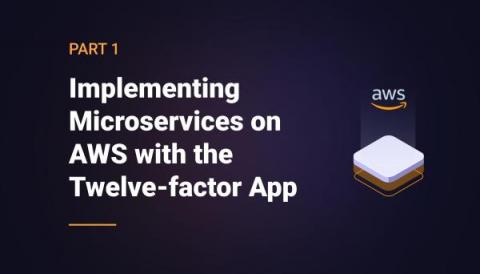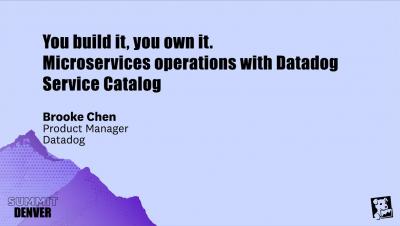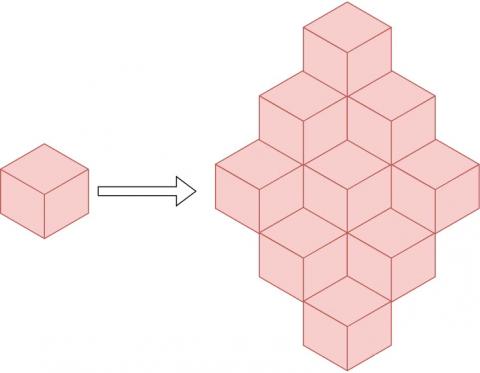Operations | Monitoring | ITSM | DevOps | Cloud
Microservices
You build it, you own it - Microservices operations with Datadog Service Catalog (Brooke Chen)
Deploying Microservices with GitOps
Learn how to adopt GitOps for your microservices deployments. This blog post will explain the highlights listed below and how it’s possible to adopt GitOps and the benefits of deploying with Argo for your microservices.
Using Containers for Microservices: Benefits and Challenges for your Organization
Distributed Tracing Best Practices for Microservices
The management of modern software environments hinges on the three so-called “pillars of observability”: logs, metrics and traces. Each of these data sources provides crucial visibility into applications and the infrastructure hosting them. For many IT operations and site reliability engineering (SRE) teams, two of these pillars — logs and metrics — are familiar enough.
Stupid Simple Kubernetes: Everything You Need to Know to Start Using Kubernetes
In the era of Microservices, Cloud Computing and Serverless architecture, it’s useful to understand Kubernetes and learn how to use it. However, the official Kubernetes documentation can be hard to decipher, especially for newcomers. In this blog series, I will present a simplified view of Kubernetes and give examples of how to use it for deploying microservices using different cloud providers, including Azure, Amazon, Google Cloud and even IBM.
Are Microservices Right for Me - Enabling Microservices or Monoliths - Shipa
Another conversation that was recently had during our weekly field enablement office hours here at Shipa was “what exactly is a microservice?”. Certainly, a term that has been used to describe a paradigm and architectural practice. One can argue that the breaking down or decomposing of applications has been going on for decades and is not a monumental shift in computing. There are several definitions of microservices from a purist definition to a definition resembling a movement.
Synthetic API Monitoring brings proactive monitoring to modern microservices environments
Learn how AppDynamics can help you proactively monitor the availability and performance of your APIs.
Difference between monolithic & microservice architecture - Civo Academy
UBER's Microservice Architecture
UBER’s Microservice Architecture 💡 Microservice Architecture is a framework that consists of small, individually deployable services performing different operations. Amazon, Netflix, Twitter, Uber, and many other high-growth companies are now shifting from a monolithic architecture into multiple codebases to form a microservice architecture.











